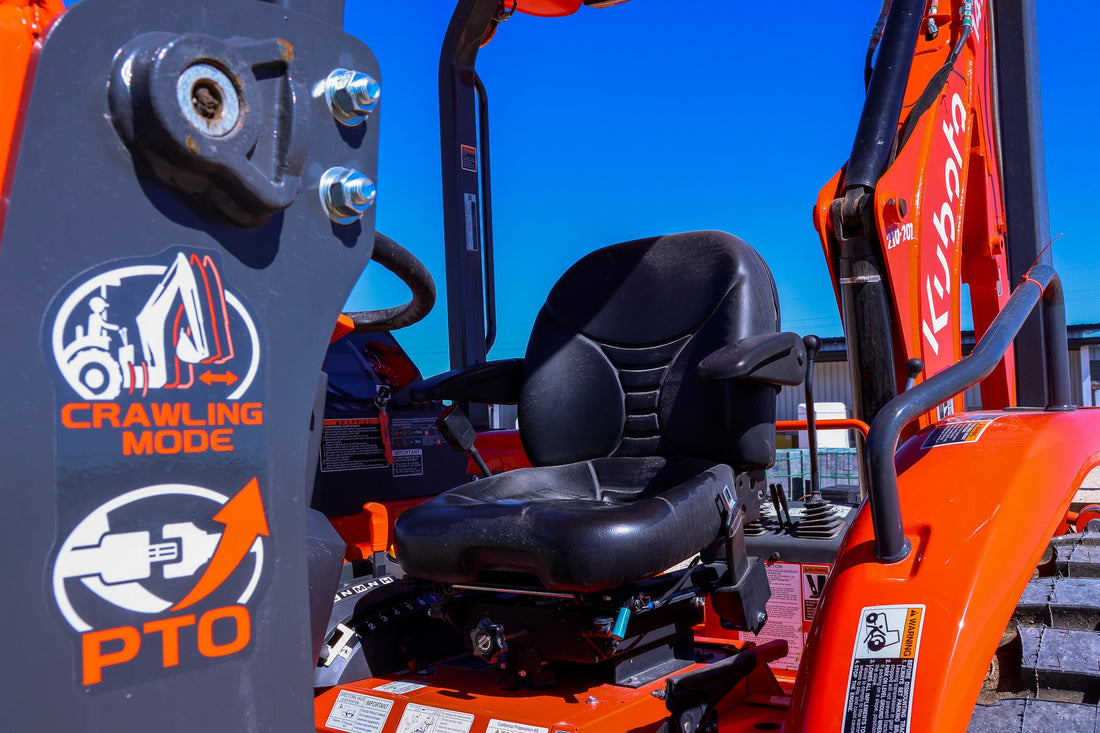In the fast-paced world of construction and industrial work, efficiency is key—but safety is king. No matter how experienced your crew is or how tight your project deadline, neglecting proper safety protocols when using heavy equipment can result in injury, property damage, or even fatal accidents.
At Sniper Rentals in Seminole, TX, we don’t just provide reliable rental equipment—we also care about your team’s safety. As 2025 brings new tech and evolving regulations, here are the top safety tips you need to follow when operating heavy equipment like excavators, scissorlifts, skid steers, and telehandlers.
1. Conduct a Pre-Operation Inspection—Every Time
Before starting any piece of equipment, inspect it thoroughly—even if you just used it yesterday. Check for:
-
Hydraulic leaks
-
Tire or track damage
-
Loose bolts or pins
-
Broken lights or alarms
-
Obstructions near controls
All of our rental equipment at Sniper Rentals is inspected before it leaves our yard, but daily checks are crucial once it's on-site.
2. Only Allow Trained Operators Behind the Controls
This one should go without saying, but too many job sites cut corners here. Just because someone has operated a tractor doesn’t mean they’re qualified for a telehandler or mini excavator.
Ensure all operators are trained for the specific piece of equipment they’re using. For example, the Kubota Mini Excavator KX033-4 requires knowledge of track control, trenching angles, and load limits that differ from a standard loader.
3. Respect Load Limits and Reach Capacities
Pushing machines beyond their rated capacity is a recipe for tipping accidents, damaged materials, or equipment failure. For instance, the JLG 12K Telehandler offers massive lift capability—but only within certain angles and reach.
Always refer to the load chart and never exceed manufacturer specs, especially when lifting overhead or on uneven ground.
4. Secure the Job Site and Keep Workers at a Safe Distance
While a scissorlift or skid steer may seem harmless from afar, it only takes a slight operator error to cause serious harm. Use clear markings, barriers, and spotters when necessary to:
-
Prevent unauthorized access
-
Keep workers and pedestrians away from moving parts
-
Avoid crushing hazards during reversing or swinging operations
Don’t forget: visibility is often limited for operators, especially when backing up.
5. Be Mindful of Overhead and Underground Hazards
Before digging or lifting, always know what’s above and below:
-
Use 811 services to locate buried lines
-
Scan for power lines, trees, or overhangs
-
Use a spotter when operating in confined spaces
Many of our clients use equipment like the Scissorlift Rentals for interior or overhead work—where clearance matters just as much as weight capacity.
6. Practice Proper Shutdown Procedures
Don’t just hop off when the job’s done. Always:
-
Park on level ground
-
Lower all attachments
-
Set parking brake
-
Remove key to prevent unauthorized use
These small steps can prevent roll-aways and machine tampering overnight.
7. Stay Updated on 2025 Safety Regulations
Safety protocols and OSHA standards are always evolving. In 2025, there’s a stronger emphasis on:
-
Fall protection on elevated platforms
-
Operator logbooks and digital tracking
-
Electric and hybrid equipment training
When you rent from Sniper Rentals, our team is happy to guide you through any equipment-specific regulations that may apply.
8. Never Rush the Job
We get it—deadlines are tight and time is money. But rushing through a task with heavy machinery is the fastest way to cause accidents. Allow for reasonable timelines, schedule breaks for operators, and encourage communication when something feels unsafe.
Protect Your Team and Your Timeline
Renting the right equipment is only half the equation. The other half is ensuring your crew uses it safely, consistently, and with confidence. At Sniper Rentals, we’re not just a supplier—we’re your project partner.
Looking to start your next project safely and efficiently?
👉 Browse our full range of equipment rentals
Or stop by our yard in Seminole, TX—we’re here to help you work smarter and safer in 2025.

